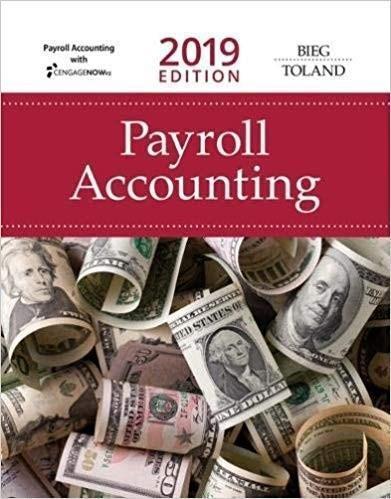Answers to the following MCQs:
1. Phillip Montain wrote up an advertisement for his firm. In his draft to the local newspaper he indicated that the rm was able to provide services that he knew it could not deliver. Which part of the profession's standards or codes of conduct was Phillip breaking? a} objectivity b} professional behaviour c} confidentiality d} communication 2. Cliff Marsden has been an audit manager at Copeland 8; Cahoon, CA's the past ten years. Two years ago he performed human resources and internal audit functions for 9 months while his client underwent a major restructuring. His rm has a policy of changing audit partners and managers every ve to seven years. He is reluctant to take on the audit because he believes there is an independence threat. Which threat is in play? a} integrity threat b} familiarity threat c} seff-review threat d} advocacy threat 3. When Jonathon Gerinum CPA, CA tried to collect last year's audit fees, he was told that he would receive the fees for the previous year and the current year upon nishing this year's work and issuing a \"clean\" audit opinion. This was non-negotiable and he was told that if he did not want to go along with it. the client would get another auditor. When he decided to leave his client, what threat to his independence did he mitigate? a} seff-interest threat b} seff-review threat c} advocacy threat d} none of these 4. Professional behaviour refers to the obligation that all members of the professional bodies: a) ensure that they do not harm the reputation of the accounting profession. b) not allow their personal feelings or prejudices to influence their professional judgment. c) refrain from disclosing information to people outside of their workplace that is learned as a result of their employment. d) be straightforward and honest. 5. Auditor independence is: a) defined as acting with integrity, objectivity and professional scepticism. b) essential when complying with the ethical principles to act with integrity and objectivity. c) both a and b. d) not fundamental to every audit.6. Which of the following is an example of a familiarity threat to independence? a) a bank account held with the client b) performing services for the client that are then assured c) both a and b d) a former partner of the assurance firm holding a senior position with the client 7. An example of a safeguard to independence created by accounting firms is: a) the establishment of a code of ethics. b) legislation that requires that an auditor be independent. c) the existence of client acceptance and continuation procedures. d) the establishment of an audit committee. 8. The main recipients of the financial statements and the attached audit report are acknowledged as: a) the board of directors. b) the shareholders or members. c) the audit committee. d) the provincial stock exchanges. 9. Examples of board committees include the: a) risk committee. b) nomination committee. c) compensation committee. d) all of the above.10. Management failed to put in a system of adequate internal controls. The public accounting rm uncovered the weakness, but did not report it to the Board members of the company- What kind of liability, if any, would the auditors be exposed to? a} breach of contract b} contributory negligence c} a and b d} no liability










